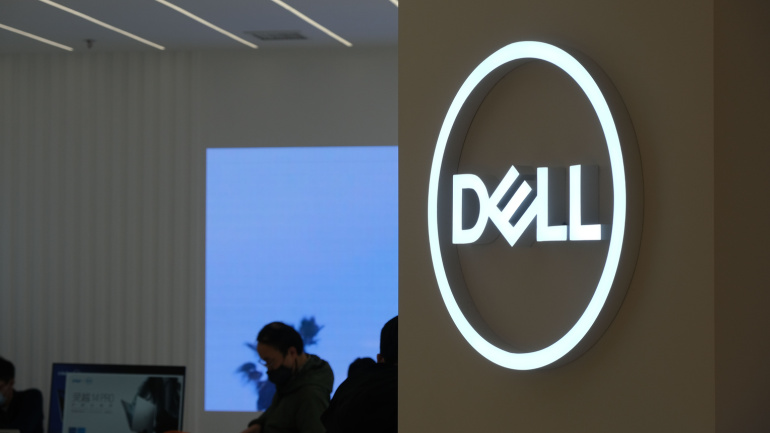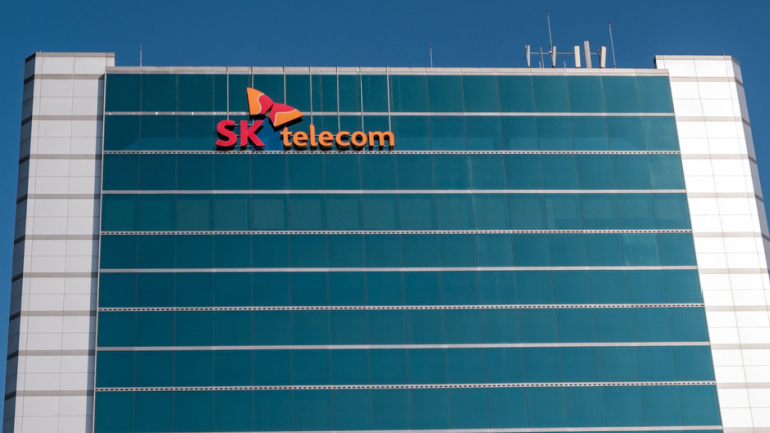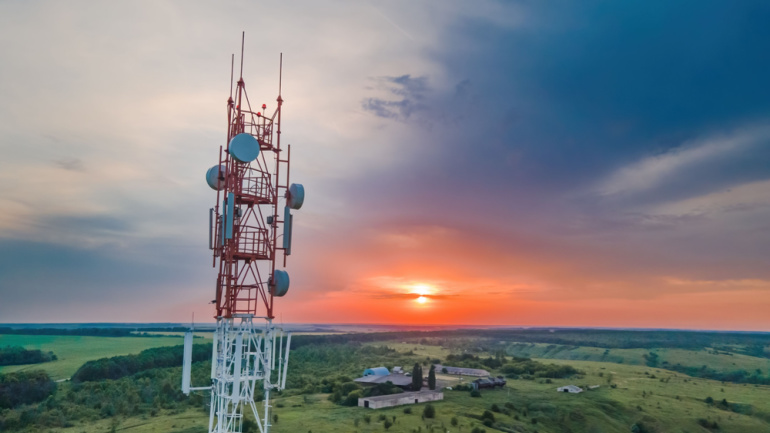New Zealand’s government collaborates with leading telcos Spark, 2degrees, and One to allocate 3.5-GHz spectrum for 5G services, improving mobile coverage nationwide. With funds supporting rural connectivity, both parties anticipate better service quality and seamless network access for users.
Dell invests €2 million in Ireland’s Open Telecom Ecosystem Lab, aiming to collaborate with EMEA telecom firms on 5G and 6G innovations, boosting smart manufacturing and digital cities while promoting opportunities in network infrastructure.
South Korea’s Ministry of Science and ICT revokes SK Telecom’s 5G license in the 28 GHz band due to unmet rollout requirements, mirroring the fate of rivals KT Corp and LG U+ last year. This leaves South Korea without high-band 5G, as other countries advance in the mmWave ecosystem.
Discover how enhanced indoor coverage for communication networks is shaping the future of 5G, with innovative use cases such as online gaming, AR, and telemedicine. Learn about Huawei’s industry-leading solutions, including the LampSite technology, designed to improve spectrum utilization, energy efficiency, and IoT readiness.
Global mobile roaming data revenue is predicted to reach $10 billion in 2024, driven by 5G demand among travelers. Telecom operators face challenges in balancing costs with customer protection, as eSIM adoption and travel mobility services expand, intensifying competition.
Ericsson and Telia join forces to establish the Baltics’ first enterprise 5G network at a key supply site in Estonia, aiming to enhance productivity, agility, and sustainability, while enabling connected use cases like asset monitoring, digital twins, and more. This collaboration also boosts Ericsson’s growing private 5G offerings and emphasizes the potential of private 5G networks in driving innovation across various industries.
Three UK experiences 5% revenue increase in Q1, but CEO Robert Finnegan calls for market structural change to boost returns. High 5G rollout costs challenge the industry, while a potential merger with Vodafone looms on the horizon.
Virgin Media O2 reveals ambitious plans to expand its UK network, reaching 80% full fiber coverage and 50% 5G serviceability by year-end. Growth attributed to nexfibre joint venture and Q1 results showcase increased customer relationships amidst revenue fluctuations.
Rogers Communications Inc. has announced plans to offer full 5G connections to Toronto’s subway system, including 911 access for all users. The telecom corporation has agreed to buy BAI Canada. BAI has had exclusive rights to establish the Toronto Transit Commission wireless network since 2012. Rogers will now be able to make the investments needed to develop a comprehensive and reliable 5G network for the entire TTC subway system as a result of this transaction. 5G network construction is projected to take about two years. Rogers will collaborate with the TTC on a phased deployment strategy, including network design, architecture, and rollout logistics, for both network enhancements and growth in stations, concourses, and all subway tunnels. Extensive fiber network and radio equipment improvements are required to update the network and boost the cellular capacity of the present 3G and 4G networks. In addition, they are required to improve service…
The Federal Aviation Administration (FAA) has put forward a notice of proposed rulemaking (NPRM) that gives airlines an additional year, until February 1, 2024, to address faulty altimeters in their aircraft. These altimeters, which measure an airplane’s height above the earth’s surface, are present on 7,993 planes registered in the United States. The FAA believes that 180 of these altimeters will need to be completely replaced, while 820 will need filters added to comply with the proposed modification requirement. This upgrade is expected to cost a total of $26 million. The ruling is part of a settlement reached between the aviation and cellular sectors after AT&T and Verizon paid $69 billion for C-Band spectrum licenses. Airplane altimeters typically operate in the 4.2 – 4.4 GHz frequency, but certain altimeters cannot filter out 5G signals from the carriers’ spectrum in the 3.7-3.98 GHz range. The FAA is therefore…













